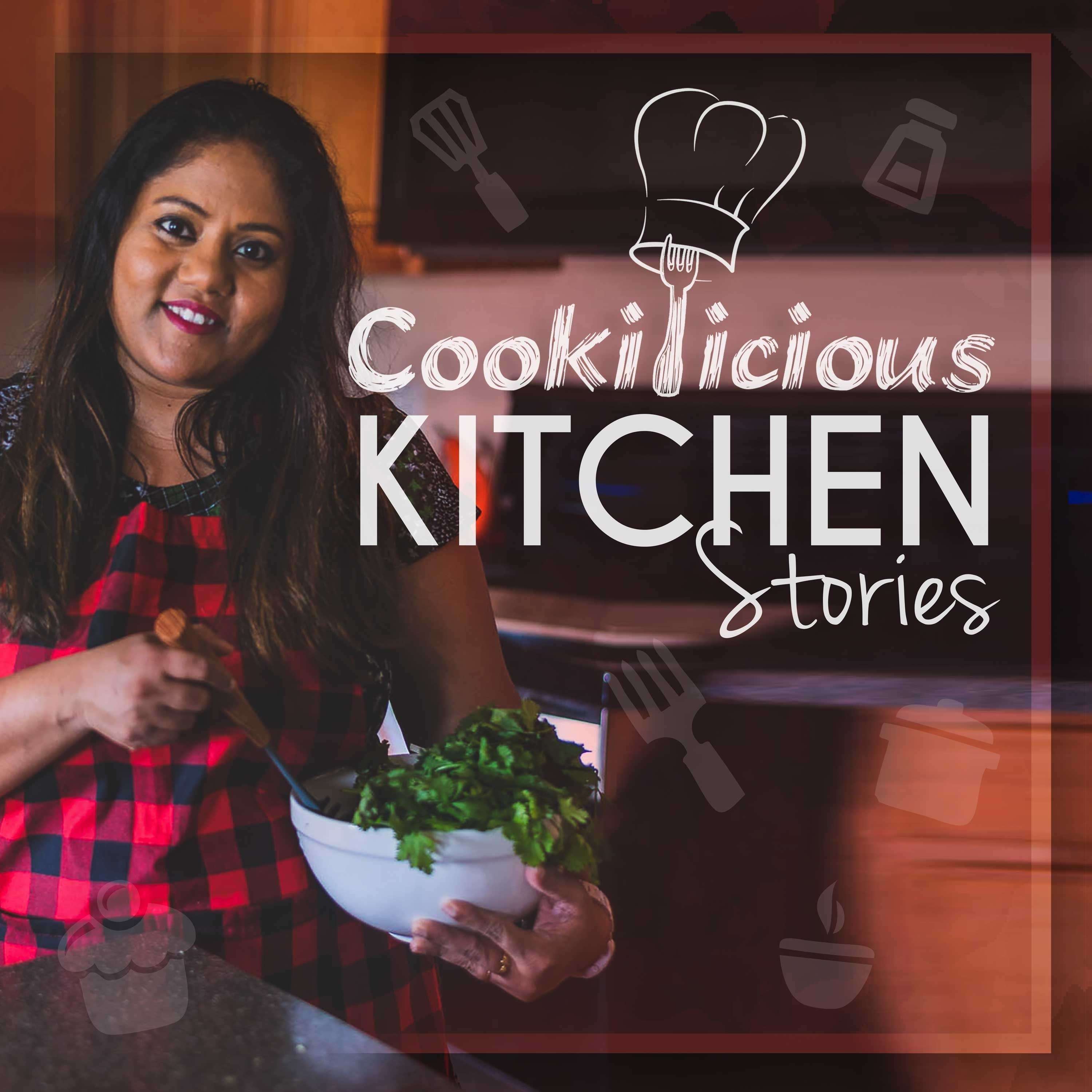
Ease into Indian vegan/vegetarian cooking and work your way up from simple spice mixes to complex curries.
My food blog Cookilicious features a collection of detailed, mouth-watering vegetarian and vegan recipes.
This is our second (and concluding) podcast episode about Indian Spice Mixes (Masalas) and their role in Indian Cuisine. I share detailed recipes for three more Masalas, 'Garam Masala', 'South Indian Curry Powder' and 'Milk Masala'.
Should you wish to check out the recipes on my blog, you can find them here:
You can find me on Instagram, my Instagram handle is @cookilicious.
If you have any questions or feedback, please write to us at contactthechef@cookilicious.com

Episode 3 – The Flavorful World of Spices II
Hello and welcome to the third episode of Cookilicious Kitchen Stories. In the previous episode, I talked about Indian spices and Masalas essential to Indian cooking. I touched upon their health benefits and uses.
I also shared the recipe for three spice blends. If you missed episode 2, then I would suggest you go back and hear it first. It will give you continuity and some perspective.
In today’s episode, we’ll continue to talk about a few more Masalas and how to prepare them. This will conclude our talk about Indian spices and we’ll move onto preparing some dishes, starting next time.
Without further ado, let’s talk about the first Masala – it’s called Garam Masala.
Garam means hot in Hindi. You could say this Masala imparts some heat or warmth to the dish. It’s not necessarily spicy, but it does have a rather strong flavor because of the spices used to make it. The kind of spices used may differ based on the region or personal preference.
This Masala is one of the most commonly used ones and can be used in a wide variety of dishes. You’ll find it in almost every Indian Kitchen. However, it is a rather strong spice powder and needs to be used in small quantities.
Garam Masala is a ‘finishing’ spice mix – meaning it should be added toward the end of the cooking process. It elevates the aromatic profile of the dish. Stir a little into your dish just before it’s done and you’ll see just how much of a difference this Masala makes!
Garam Masala has hints of spice, sweetness and some heat because of the spices used to make it. These individual spices provide a slew of health benefits, some of which are improved digestion, improved metabolism, and a healthy dose of anti-oxidants.
People often get confused between Curry Powder and Garam Masala. Though the two are similar, Curry Powder is not an Indian spice. It was actually invented by the British to help them with Indian cooking.
It’s a milder version of Garam Masala, but has a yellowish hue to it due to Turmeric while Garam Masala is more brownish in color. Curry Powder is usually added towards the beginning of a recipe and cooked with the food in contrast to Garam Masala which as we mentioned earlier, is added at the end. If you add Curry Powder at the end, you’ll end up with an unpleasant raw spice taste.
In the previous episode, I spoke about the advantages of making your Masalas at home. The most obvious advantage is that you’re in full control of the ingredients that go in, and their quality. It can be more cost effective to make at home too.
I personally find it to be a therapeutic experience. I usually make my Masalas on Sundays. I love the aromas that fill my home when I’m roasting the spices. They relax me and take me back to happier times.
So, let’s get talking about the ingredients you need to make Garam Masala. The most basic Garam Masala recipe is made using a minimum of at least six spices. These are the spices we use to make this spice mix:
- 100g of Cumin Seeds
- 50g of Cardamom Pods
- 60g of Coriander Seeds
- 60g of Peppercorns
- 20g of Cinnamon sticks
- 20g of Cloves
- 20g Bay Leaves
- 4 pieces of broken Nutmeg
All these spices together give this spice blend a very strong flavor with a slightly warming, sweet, pungent taste. You can find all of these ingredients online or at your nearest grocery store.
To make Garam Masala, follow these steps:
- Heat a skillet on a medium flame for a few minutes. Wait until it’s hot enough to roast spices. One way to find out is by placing your palm above the skillet to check if it’s radiating heat.
- Dry roast each ingredient (except cardamom pods) individually
- Keep stirring until each spice turns a few shades darker in color and releases an aroma. Make sure you don’t overdo it, or you could burn the spice.
- Once done, take the spice out onto a plate and let it cool down completely.
- Remove the Cardamom husk. To do this, place the cardamom in between a paper towel . Press it lightly with a rolling pin so the husk separates. Discard the husk and use the shelled Cardamom when grinding.
- Once all the roasted spices have cooled down, use a mixer or grinder , and grind everything to a fine powder.
Here are some things to keep in mind when you make this Masala:
- Ensure the spices are of good quality and dry before roasting.
- Do not increase the flame to speed the process up.
- Keep stirring to ensure that the spices are evenly roasted.
Using a higher heat setting or infrequent stirring could cause the spices to scorch and become bitter, or brown on the outside without the insides being properly roasted.
This masala stays good for a good 6-8 months. It should be kept in a cool, dry, dark area of your kitchen, like the pantry. Store it in an airtight container or else the moisture in the air can spoil the masala, resulting in a loss of flavor. If the place you live is hot and humid, then store it in the refrigerator.
Garam Masala can be used in practically any vegetable dish. It can also be added as a part of a marinade or a dry rub. Just remember to use it carefully, especially if you are not too familiar with its potency. 1-2 teaspoons is all you need.
If you feel you’ve added too much Garam Masala to your dish, then ingredients like lemon juice, dairy, tamarind, sugar, or even coconut milk can help neutralize some of the off-tastes that come from adding too much Masala. Adding any of these will not affect or alter the flavors that you want in the final dish.
Now that you know how to make Garam Masala at home, let’s move on to the next Masala recipe. This next recipe is my Mother-in-Law’s recipe and we call it Curry Podi. Interestingly enough, this translates to Curry Powder in English, but it’s a different Curry Powder from the one we talked about earlier.
You can think of this as a South Indian Curry Powder. Traditional South Indian cooking has its own version of Garam Masala that we add in our curries, gravies, stews and mixed rice dishes. This Masala too, like the others, is very easy to make. It can be made ahead of time and stored. It’s literally a two step process – roast and grind.
The recipe I’m about to share with you has been in my family for some time now and has been passed down from generation to generation. These are the ingredients you will need:
- 1 cup of Chana Dal (also called split chick peas)
- 1 cup of split Urad Dal
- 1 cup of Coriander Seeds
- 12-15 dried red chillies
- 1 teaspoon of Fenugreek seeds
- 1 teaspoon of Asafoetida.
Chana Dal has a sweet nutty flavor. It’s made by splitting chick peas and removing the outer cover. So it’s also called split chick peas.
Urad Dal is rich in dietary fiber and proteins. It’s used quite a bit in South Indian cooking.
Fenugreek called Methi in Hindi is an herb whose seeds and leaves are used in cooking. The seeds smell and taste somewhat similar to maple syrup. There is some evidence that Fenugreek may aid in lowering blood sugar and cholesterol levels. It also has some anti-inflammatory properties.
Asafoetida also called Hing in Hindi is used widely in Indian cuisine. It is used in its powdered form as a digestive aid, in food as a spice, and is even used in pickling. It’s added to food at the beginning during the tempering process. It’s usually added to the oil once it heats up. It enhances the savory taste of a dish.
Now, let’s talk about preparing this Masala.
- As in the case of Garam Masala, heat a skillet over a medium flame until it is hot enough to roast spices
- Dry roast the Chana Dal until it releases a nutty aroma. The Dal should turn a few shades darker, but not too brown. Take the Chana Dal out onto a plate and spread it around to allow it to cool.
- Follow the same process with 1 cup of Urad Dal and 1 cup of Coriander seeds – roast separately and then allow to cool completely.
- While the spices are cooling, dry roast 12-15 dried red chilies, 1 teaspoon Fenugreek seeds and a teaspoon of Asafoetida together. You just need to roast this for 1-2 minutes or until the chilies turn little dark.
For all the ingredients, remember to keep stirring at regular intervals to ensure even roasting. Once everything cools down, place everything in a grinder and make a coarse powder. There is no need to add salt to this spice mix.
Voila, South Indian Curry Powder is ready to use. Store it in an airtight container and use it in any recipe, especially a South Indian one. One of my favorite dishes to use this in is fried potatoes. Just fry chopped potatoes in oil and add this Masala and salt and toss everything to together so the potatoes are coated well. It tastes super delicious!
Finally, we come to the last Masala recipe of this episode. It’s called Milk Masala. Milk Masala is an aromatic dry powder that is added to milk to make it more flavorful and better tasting. This Masala is made with different dry fruits, almonds, cashews, saffron, pistachios, peppercorns, etc.
This Masala really elevates the taste of regular milk. It adds spice and warmth to the milk. It’s usually added to warm milk and Masala Milk is very popular during the Winter months.
When I was growing up, Masala Milk was a luxury drink. Dry fruits in India have always been an expensive buy and back then my family couldn’t afford them much. Our next door neighbors were well off. Their house was a second home to me.
I loved spending time with them because they used to pamper and spoil me a lot. We were so close as families that if my parents ever had to leave the city and couldn't take us along for whatever reason, we would happily stay at their house. My parents could always rest assured that we were in safe hands.
For my brother and I it was like vacation time. Having spent many of my early years in this Maharashtrian household, so many of my culinary tastes and preferences have been influenced by their culture and food habits.
While there were innumerable dishes that were prepared in their house, many which have remained my favorites through the years, Masala Milk is something that stands out in my memories.
My neighbor would prepare this Milk Masala in her house and share some of this freshly made Masala with my mother every time. My mother would give us warm Masala Milk every night before bedtime so we could sleep soundly.
This nutritious drink is very beneficial for growing children. Normally my brother would whine to finish his glass of regular milk, but Masala milk, he would happily gulp down with no fuss.
You will need the following ingredients to make Milk Masala:
- 1 cup almonds
- 1 cup cashews
- 1 cup pistachios
- 1 teaspoon saffron
- 1 teaspoon fennel seeds
- 1 teaspoon peppercorns
- ⅓ cup melon/pumpkin seeds
- 2 teaspoons cardammon powder
- 1 teaspoon nutmeg powder
- 1 teaspoon ginger powder
- 2 Tablespoons edible dried rose petals
- Sugar/honey as required
Here is how you make this wonderful Masala:
- First dry roast the cashews, almonds and pistachios separately. Stir periodically and roast them for about 3-4 minutes. Take them off the heat and set them aside.
- Roast the saffron strands for 20-30 seconds and set aside.
- Roast the fennel seeds, peppercorns and melon/pumpkin seeds for 2-3 minutes or until you get a nice aroma of the spices and set aside.
- Leave everything for an hour to allow everything to cool down completely.
- Add everything to a blender along with the cardamon powder, nutmeg and ginger powder. Grind to a fine powder.
Your Milk Masala is ready. This Masala can be made in advance and stored for months (provided you use fresh nuts) in a refrigerator in an air tight container.
How to use it? Simple, warm a glass of milk. Add a spoonful of this milk masala and sugar. Stir and serve. If you’re trying to avoid sugar, you can use some honey instead.
Some like this drink warm while some like it cold. You can have this drink for breakfast or just before going to bed. You can also have it after a workout. Since this is made with all natural ingredients, you can rest assured it is safe and good for you. You can also add this Masala to desserts, your morning cereal, smoothies and other drinks. Get creative and experiment!
With this, we’ve come to the end of the episode. Today we learned a little more about spices and Masalas and talked about the recipes for 3 more easy to make Masalas – Garam Masala, South Indian Curry Powder and Milk Masala.
This episode concludes our talk about spices and the unique blends they are used to create. I sincerely hope you found this episode informative and entertaining.
In the next few episodes, I will share with you some popular restaurant-style recipes that you can easily replicate at home. So please stay tuned.
Until next time, this is Priya signing off. Stay safe and keep cooking delicious!
Episode 1
Episode 2
Episode 4
Episode 5
Episode 6


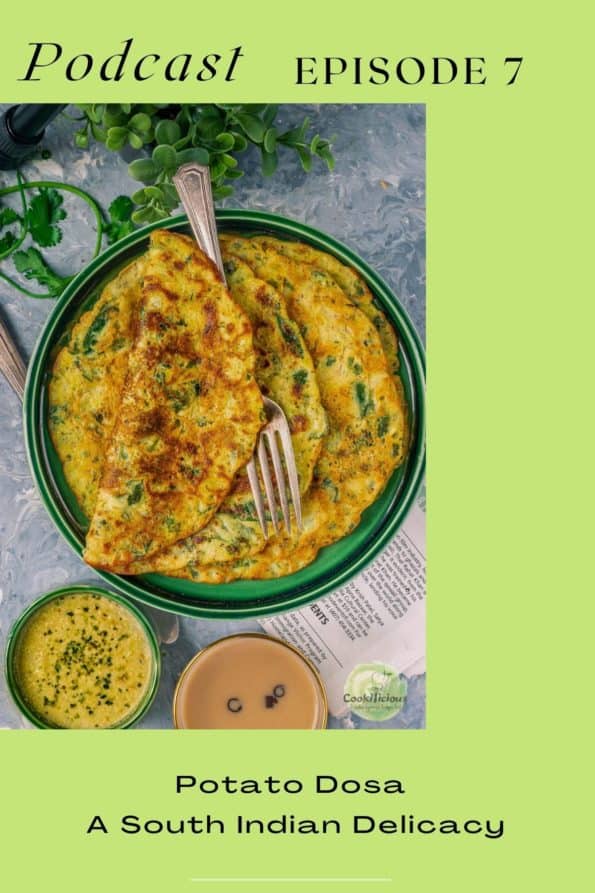
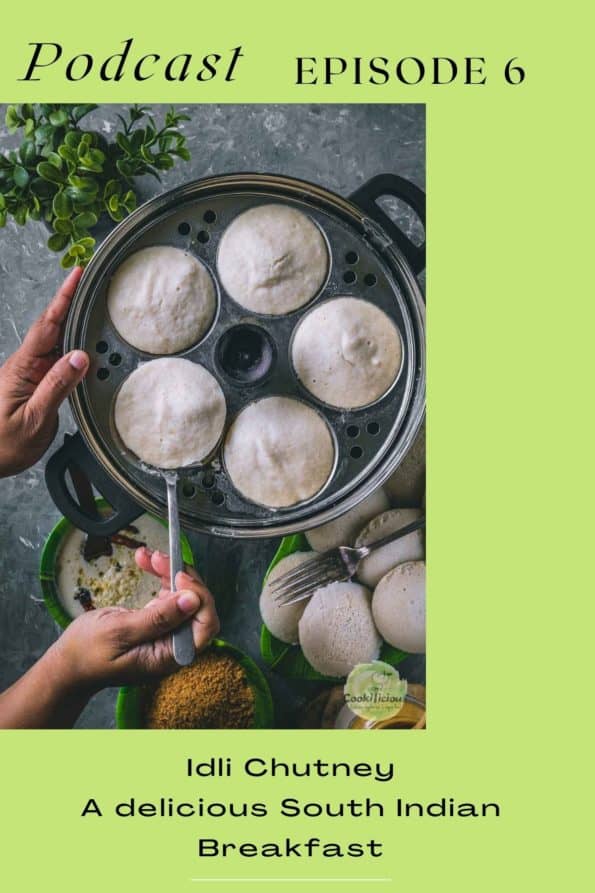
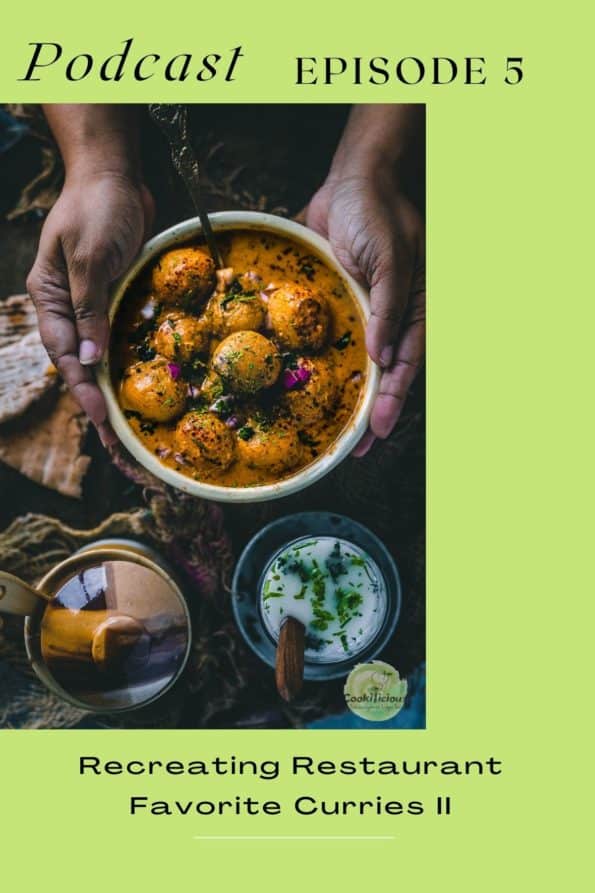
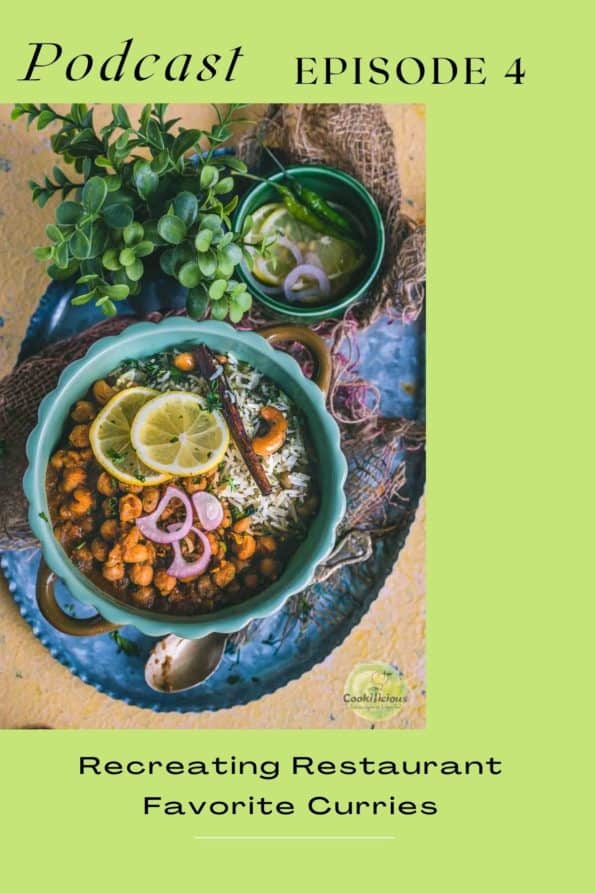
Thank you so much for the recipe! I will Definitely try this at Home. Thank You.
Thank you 🙂